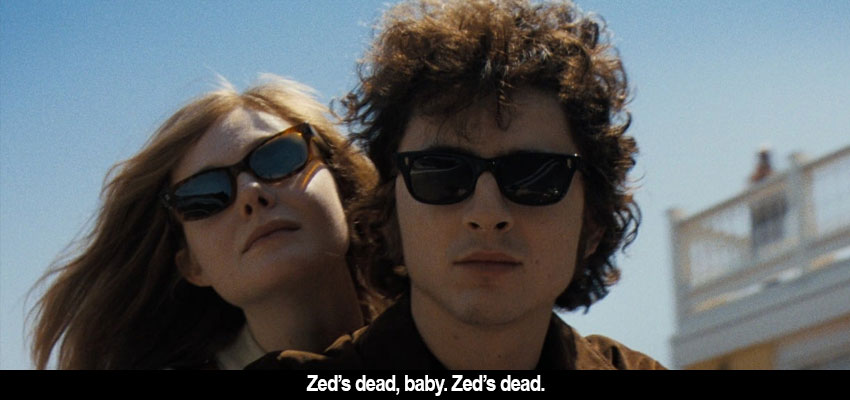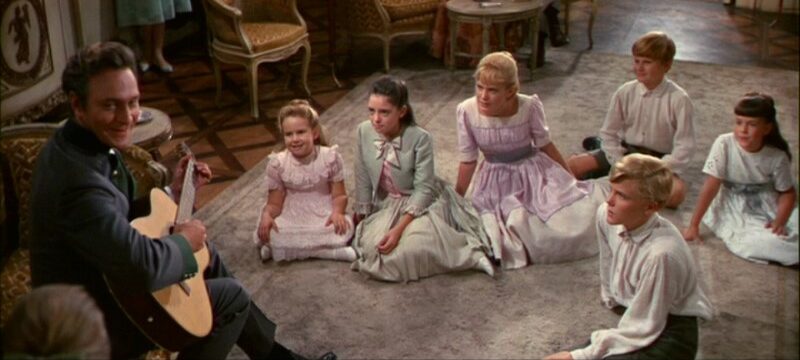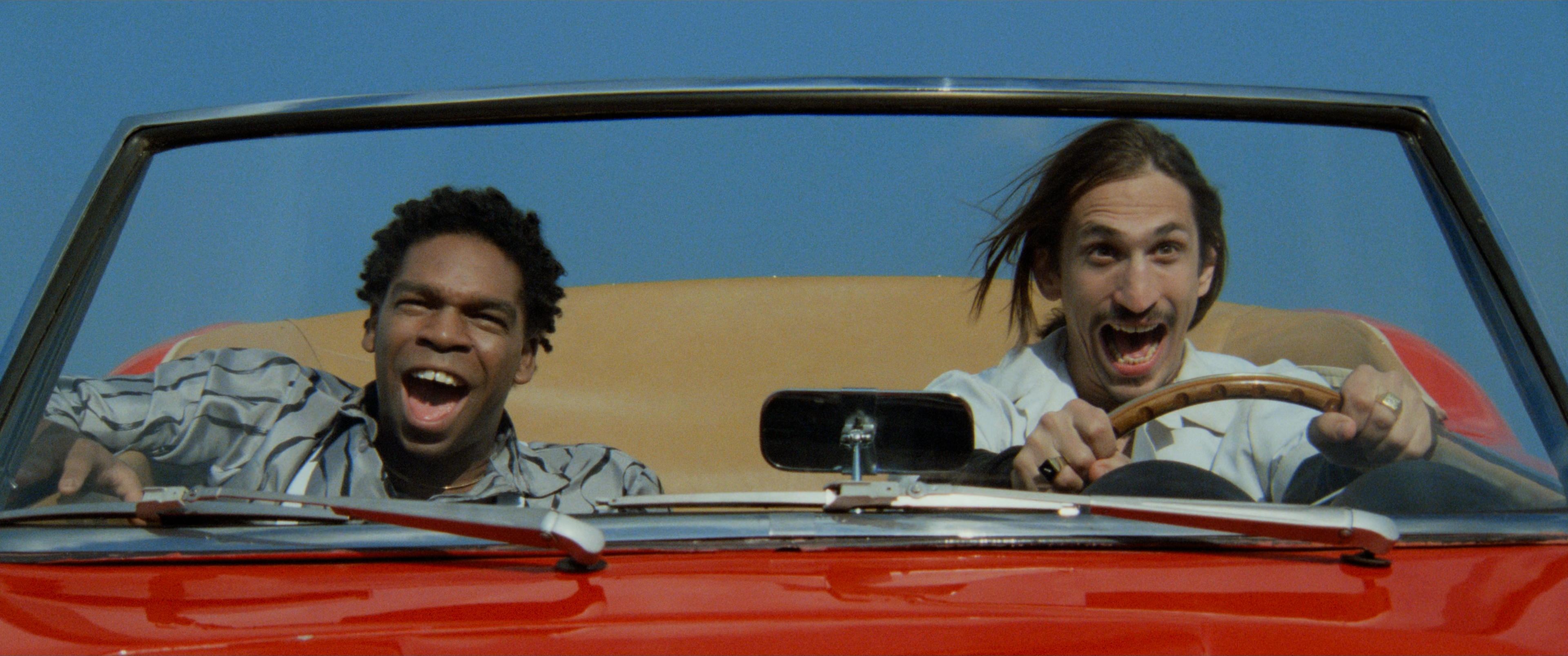*½/**** Image A Sound A-
starring Matthew Perry, Neve Campbell, Dylan McDermott, Oliver Platt
screenplay by Rodney Vaccaro and Aline Brosh McKenna
directed by Damon Santostefano
by Bill Chambers Unsurprisingly, Three to Tango was written some eight years before it finally went into production–the film has a dated preoccupation with homosexuality as Golden Farcical Opportunity. (I suspect that Rodney Vaccaro and Aline Brosh McKenna’s script, purportedly based on events that led to Vaccaro’s marrying his boss’s girlfriend, was fast-tracked only after The Birdcage became a box-office smash.) Imagine the insipid proposition of a politically corrected “Three’s Company”; why does hetero Oscar not speak up when his sexual orientation is first challenged? Because, silly: being gay is hilarious!
No, wait, it’s because if Oscar confesses to being straight, zillionaire Charles Newman will surely rescind his tentative offer of a 90 million-dollar architecture contract. The role of Oscar seems tailor-made for Matthew Perry, given that on “Friends”, his Chandler Bing is continually having to prove his hetero bona fides. And as the saying goes: familiarity breeds contempt. Perry gets better lines on his sitcom, too.
The tycoon (the casting of TV heartthrob Dylan McDermott further illustrating the movie’s small-screen ambitions) wants someone to tail his mistress, a professional glassblower (!) named Amy Post (“Party of Five”‘s Neve Campbell, completing the boob-tube troika). She is bright, creative, and looks great in a miniskirt, so he’d better ask someone who will be impervious to her charms. Upon hearing some unfounded rumours, Newman offers the job to Oscar, who politely accepts. Hilarity, after all, cannot ensue from better judgment.
Now, Oscar doesn’t realize that Newman has pegged him for gay. When he meets Amy at her gallery opening, the two hit it off, and she rightly presumes Oscar is straight. What she doesn’t know is that her married boyfriend has sent Oscar to spy. Later, Newman informs Amy that Oscar is not into girls. Oscar initially protests too much, until he realizes that a) this show of indignation is upsetting his genuinely gay business partner (a dryly amusing Oliver Platt), who takes pride in his sexual orientation, and b) he can use this as an excuse to keep hanging around with hot Amy, who thinks nothing of sashaying nude (albeit coyly photographed) around his pad or confiding to him the type of secrets usually reserved for slumber parties.
McDermott has dreadful comic timing and is inconceivable as either a Donald Trump figure or an object of desire for a bohemian artist–he’s too affable on the one front and too conservative on the other. It might be plausible for Amy to sleep with Charles in order to fund her work, but their relationship is not played out as that kind of reciprocal arrangement. Perhaps, back in the frothy Fifties, Rock Hudson and Doris Day could’ve charmed their way through this opposites-attract dynamic, but few contemporary actors, let alone McDermott and Campbell, are capable of turning their glamour and charisma against logic.
Three to Tango is a clumsy intermingling of topical references (such as the resurgence of swing–an opening dance number set to the music of The Brian Setzer Orchestra is maddeningly arbitrary) and the CinemaScope love triangles of yesteryear. A last-minute attempt at social relevance–no Doris Day movie ever finished up at an awards ceremony for gay and lesbian professionals, although a few of them should have–ignorantly challenges the integrity, not to mention intellect, of Chicago’s gay community: Would Oscar really be up for “Gay Man of the Year” a week after accidentally “coming out” in the press? “Three’s Company” is Shaw by comparison to Three to Tango.
THE DVDThree to Tango‘s DVD transfer(s) leave(s) little room for improvement. Presented in 16×9-enhanced widescreen on side A and full-frame on the other, both versions have been beautifully mastered for home viewing. The vivid and clean image could be a tad brighter, I suppose. The DD 5.1 soundmix is only colourful during musical interludes, though a single LFE effect, when Newman turns on a virtual-reality headset, is impressively startling. Supplements include cast and crew bios, a trailer, and brief but informative notes on the production.
99 minutes; PG-13; 1.85:1 (16×9-enhanced), 1.33:1; English DD 5.1, French DD 5.1; CC; English, French subtitles; Region One; DVD-9; Warner








